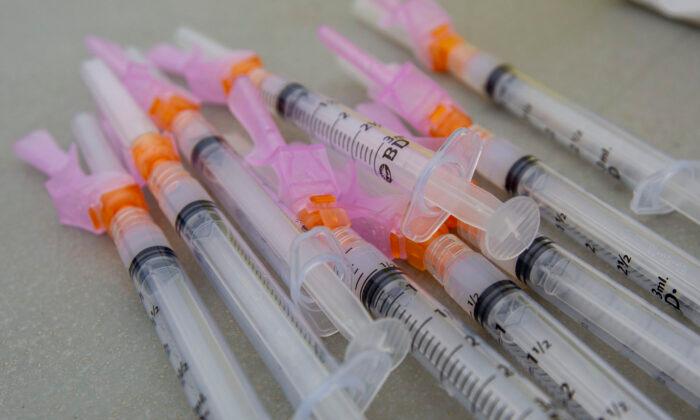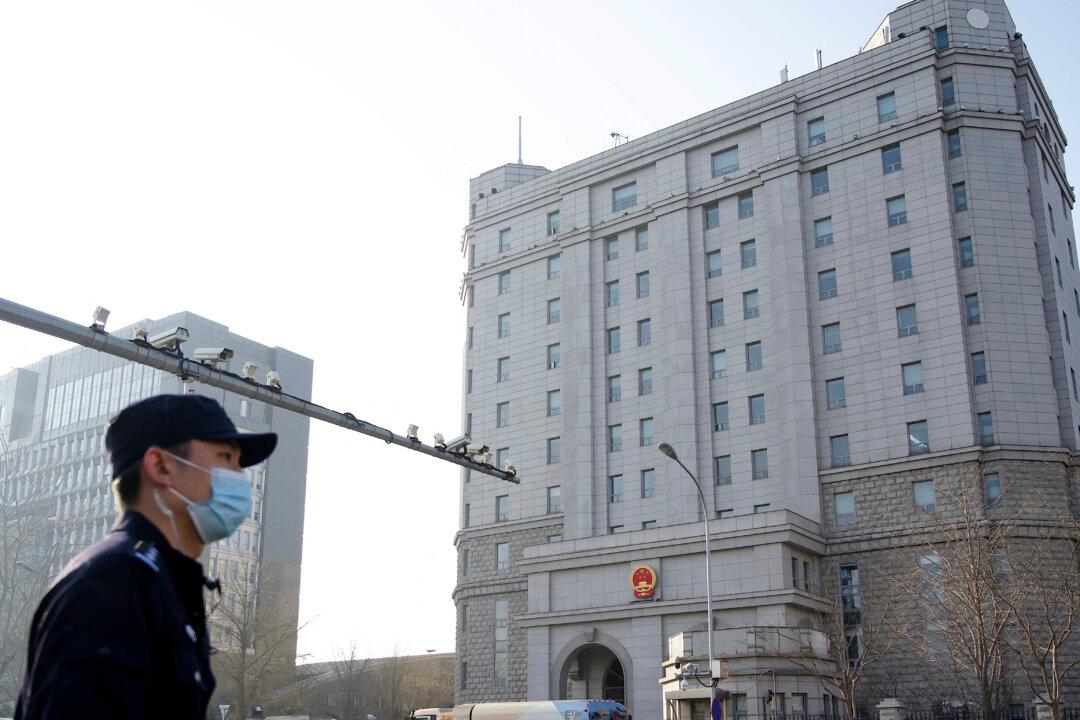The statistics on deaths by vaccination status published by the Office for National Statistics (ONS) are not appropriate for understanding the effectiveness of the COVID-19 vaccines, the UK’s statistics regulator has said.
It means the calculated mortality rate of the unvaccinated could be higher than it actually was, giving the illusion that the vaccines saved more lives than it may have done.
The ONS used the number of deaths in England—involving and not involving COVID-19—and a large population sample to work out mortality rates.
The population sample included around 79 percent of the population who were in the 2011 census and are currently registered with a GP.
Younger people are less likely to be vaccinated against COVID-19, and the ORS said it’s harder for those not registered with a GP to get vaccinated.
“We consider that it is therefore likely that the sample used in the Deaths by Vaccination Status publication is not representative of the general population. Those who are missing are, we think, more likely to be younger and unvaccinated,” OSR Director General for Regulation Ed Humpherson wrote, adding that the ONS has acknowledged the limitation in the publication.
The regulator said the ONS is working to address some of the sampling issues in its previous publications and has delayed its next publication to wait for the 2021 census data in order to “substantially increase the sample size.”
“We therefore call on all of those—including especially the BBC—who have used the ludicrously low estimates from the ONS to publicly withdraw all material based on these estimates, as they have been deliberately used to represent the unvaccinated as a tiny fringe minority,” they wrote.
Fenton has strongly opposed the BBC documentary film “unvaccinated” which said there were around four million people in the UK who were unvaccinated against COVID-19.
The BBC didn’t respond to a request for comment by The Epoch Times.
He cited the UK government’s estimate at the time, which he said suggested only two million adults were unvaccinated.
Other Concerns
The OSR did not agree with other concerns raised by Fenton, Neil, and the other co-authors of their preprint paper, diagnostic pathologist Clare Craig and digital technologies for health lecturer Scott McLachlan.Comparing the rate of deaths from causes other than COVID-19, the authors found that the data showed those who had taken at least one dose of the COVID vaccines were dying at a much lower rate than the unvaccinated and a much lower rate compared to historical data.
They also highlighted peaks in non-COVID-19 deaths among the unvaccinated in different age groups that corresponded to vaccine rollouts in those age groups and suggested the anomalies could have been a result of misclassifying deaths shortly after vaccination as unvaccinated deaths.
Humpherson said the OSR believes the pattern is “attributable to the ‘healthy vaccinee’ effect.”
“This happens when people who are ill (either due to COVID-19 or another relevant illness) are likely to delay vaccination. The result of this effect is a lower-than-average mortality rate within the first 21 days of receiving a vaccination. This effect is described by ONS in their Deaths by Vaccination Status publication,” the letter reads.





